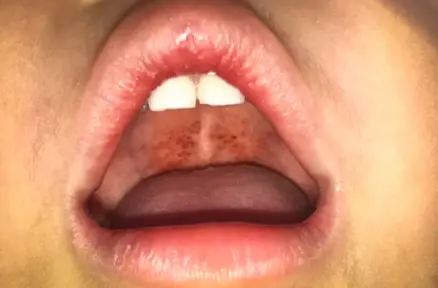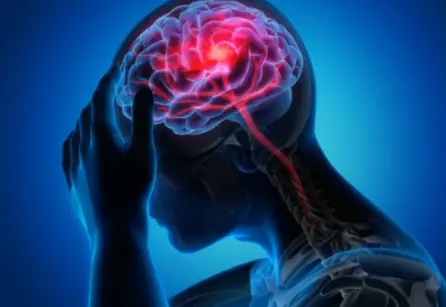 Welcome
Welcome
“May all be happy, may all be healed, may all be at peace and may no one ever suffer."
- A
- B
- C
- D
- E
- F
- G
- H
- I
- J
- K
- L
- M
- N
- O
- P
- Q
- R
- S
- T
- U
- V
- W
- X
- Y
- Z
Subarachnoid hemorrhage - Generics
Subarachnoid hemorrhage (SAH) is a medical emergency that refers to bleeding in the subarachnoid space, the area between the arachnoid and pia mater layers that surround the brain. The most common cause of SAH is the rupture of an intracranial aneurysm, a weakened and dilated area in the wall of a cerebral artery. Other causes include head injury, arteriovenous malformations, and bleeding disorders.
SAH is a serious condition that can lead to permanent brain damage or death if not diagnosed and treated promptly. The hallmark symptom of SAH is a sudden, severe headache that is often described as "the worst headache of my life." Other common symptoms include nausea and vomiting, neck pain and stiffness, sensitivity to light, confusion or disorientation, and loss of consciousness.
Diagnosis of SAH typically involves a combination of imaging tests, including computed tomography (CT) scan and magnetic resonance imaging (MRI) of the brain, as well as a lumbar puncture to examine the cerebrospinal fluid for evidence of bleeding.
Treatment of SAH aims to prevent further bleeding and relieve symptoms. In the case of aneurysmal SAH, the aneurysm is often treated with either surgical clipping or endovascular coiling, both of which aim to prevent further rupture. Other treatments may include medications to control blood pressure, pain, and seizures, as well as rehabilitation therapy to address any cognitive or physical deficits that may result from the bleeding.
Prevention of SAH often involves addressing underlying risk factors, such as hypertension, smoking, and excessive alcohol consumption, as well as regular screening for and treatment of aneurysms in high-risk individuals.
In summary, SAH is a serious medical emergency that requires prompt diagnosis and treatment. Early recognition of symptoms and rapid medical intervention can improve outcomes and prevent long-term complications.

Type 2 DM

Renal colic

Rheumatic pain

Streptococcal pharyngitis

Gl hemorrhage from stress...

Recurrent renal stones

Diphtheria

Cryptococcal meningitis
Subarachnoid hemorrhage, সুবারাচনয়েড রক্তক্ষরণ
To be happy, beautiful, healthy, wealthy, hale and long-lived stay with DM3S.